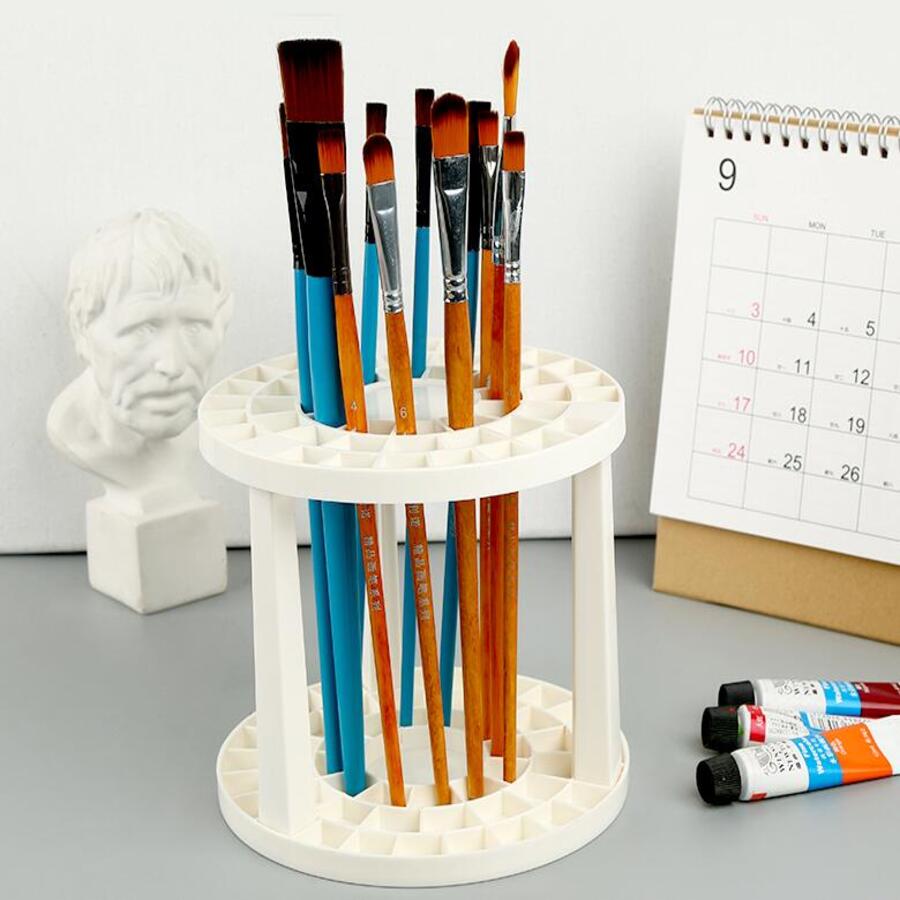⭐⭐⭐⭐⭐ Rated 4.96/5 by Paint Lovers
DIY Wooden Frame Kit for Paint by Numbers
Most-Loved Collections
FAQs
Please read our full FAQs page to find out more.
Why do you need the best paint tools for your paint by numbers project?
How do I choose a paint by numbers kit based on my skill level?
Choosing the right paint by numbers kit depends on how detailed you want your project to be. Beginners usually enjoy kits with larger, simpler shapes and fewer colors, making the painting process more relaxing and easy to follow. Intermediate and advanced painters might prefer more intricate designs with smaller sections and a wider range of colors for a greater challenge. Look for the difficulty level mentioned in each kit's description, or check if it's marked as "designed for beginners," "intermediate," or "advanced." If you're unsure, starting with a simple or medium-difficulty kit can help you build confidence before moving on to more complex artwork.
Which kits are best for beginners?
The best paint by numbers kits for beginners feature simple designs, larger painting areas, and a limited number of colors. Look for kits labeled as “easy” or “designed for beginners,” as they are created to offer a smooth and enjoyable first experience. Themes like landscapes, flowers, and basic animals are often ideal starting points. Kits with clear outlines and less tiny detailing help beginners complete their painting with confidence. You can also filter our collection to find beginner-friendly options easily.
How long does it typically take to complete a kit from this collection?
The time needed to complete a paint by numbers kit can vary based on the design complexity and how much time you spend painting. Most beginner-friendly kits take between 10 to 20 hours to finish, spread over several sessions. More detailed or larger paintings might take 30 hours or more to complete. If you paint a little each day, most kits can be finished within a few weeks. Remember, there’s no rush — paint at your own pace and enjoy the creative process.
















